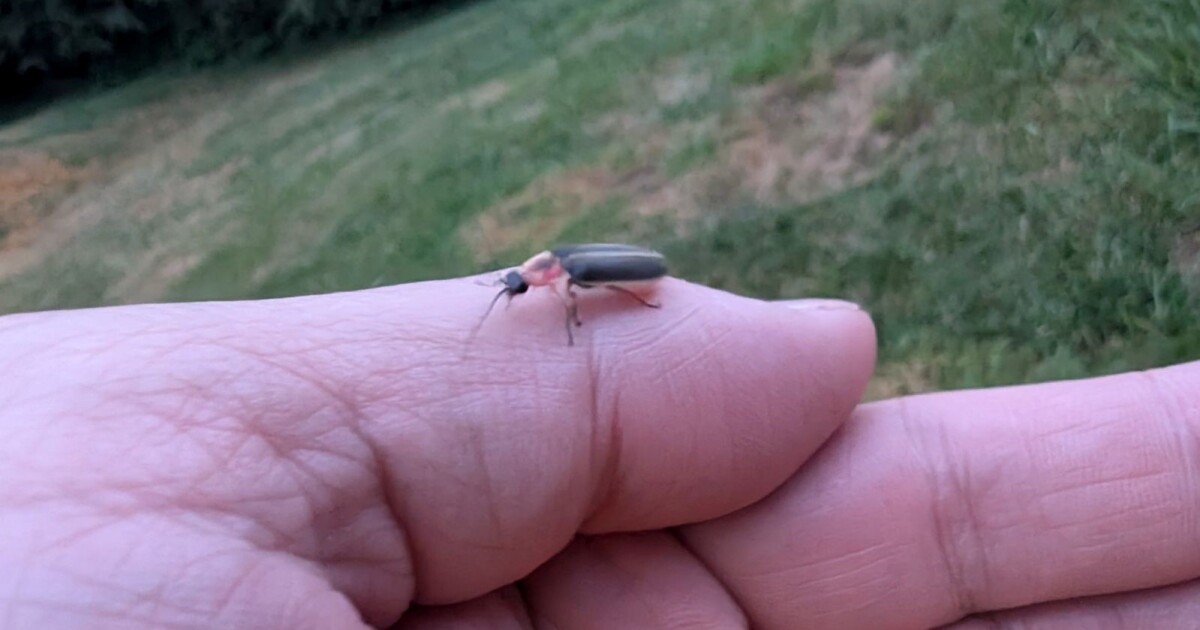Summer is prime time to see lightning bugs. Some anecdotal evidence suggests there may be fewer fireflies than in years past, and these bugs are threatened by human development. There are ways to attract more fireflies to your yard.
Eric Day likes to watch fireflies. Partly because it’s his job as an entomologist. But there’s just something special about going outside in the summer, and looking for them.
“Fireflies are a memory thing,” Day said. “It’s like, you see fireflies, you remember seeing them as a kid. And kind of have the memory of what you were doing at that time too.”
Day, who teaches at Virginia Tech, said June and early July is the best time to look for lightning bugs.
“It’s a good chance to turn off your phone, turn off your TV, sit outside in the yard, and watch fireflies,” Day said.
They prefer grassy fields near rivers, away from light.
There are some indications that housing and commercial developments and roads may be cutting into their habitat. But Day said in rural areas across Virginia, lightning bug populations appear to be going strong.
Where he lives in Craig County, he’s counted four different types of fireflies on a single night, all blinking in the same field.
“You can look at watch different flash patterns, that’s the way they talk,” Day explained.
He has recorded strong populations of fireflies in rural areas of Virginia, which is a good sign not only for lovers of lightning bugs.
“When you see fireflies, it’s an indication of a good, healthy ecosystem,” Day said.

Day added that more data is needed to better understand the threats that affect lightning bugs, and whether their numbers are dwindling. He said it’s also not known whether climate change may be impacting them.
“We just don’t know a whole lot about fireflies,” Day said. “There’s not a whole lot of money to study fireflies. And so we don’t have any of that previous data going back in the past to look at what the numbers are.”
If you want to see more lightning bugs in your yard, Day said they prefer areas with different plants and unmowed areas.
“You know, people have a lot of different types of yards for different reasons. I’m not going to fault that,” Day said. “But if you have a yard that is meticulous, and you’re trying to keep out all the weed species, and have a perfect lawn, you very likely are going to see no fireflies. You’re probably not going see any butterflies.”
That’s partly because lightning bugs, as predators, like environments where there’s a diversity of other insects they can eat.
If you live in an urban area, Day said you may need to travel to see lightning bugs. He suggests plan a trip to a rural areas away from light pollution and development, follow rivers and look for fields. The peak of the flickering summer show for most firefly species usually ends by late July.
This report, provided by Virginia Public Radio, was made possible with support from the Virginia Education Association.
